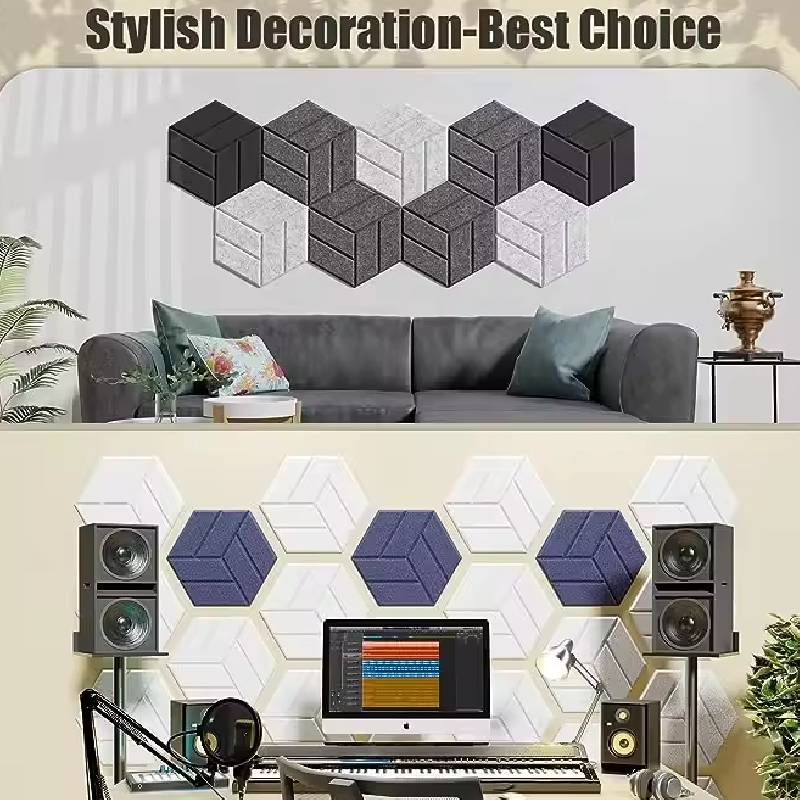Custom Sound Absorbing Panels Enhancing Acoustics and Aesthetics in Modern Spaces
In today's fast-paced world, where noise pollution is an increasing concern, finding effective ways to create a harmonious environment has become paramount. Whether in home theaters, offices, music studios, or restaurants, sound quality plays a crucial role in enhancing the experience of any space. Custom sound absorbing panels are an innovative solution that not only improve acoustics but also add a touch of style to your interiors.
Understanding Sound Absorption
Sound absorbing panels are designed to reduce sound reflection and reverberation within a given space. By absorbing sound waves, these panels help create environments that are clearer, more pleasant, and acoustically balanced. Unlike soundproofing, which aims to block sound from entering or leaving a room, sound absorption focuses on managing the sound within the space itself, making it essential for environments where clarity and comfort are needed.
The Benefits of Custom Panels
One of the most significant advantages of custom sound absorbing panels is their versatility. Available in a myriad of designs, materials, and colors, they can be tailored to suit any aesthetic. This customization allows business owners and homeowners alike to manage their acoustic needs without compromising their decor. For instance, a sleek and modern office can incorporate panels that harmonize with its contemporary furnishings, while a cozy home theater can use warm-toned panels that enhance the ambiance.
Additionally, custom sound absorbing panels serve practical purposes. In commercial spaces like restaurants, the right acoustic treatment can minimize noise levels, making it easier for patrons to converse without straining to hear each other. In educational institutions, these panels can improve speech intelligibility, enhancing learning environments for students. Overall, they contribute to a more pleasant atmosphere, resulting in happier customers and employees.
Materials and Technologies
custom sound absorbing panels

The effectiveness of sound absorbing panels largely depends on the materials used in their construction. Common materials include fiberglass, foam, and fabric-covered panels, each offering varying levels of sound absorption. For example, acoustic foam panels are lightweight and effective for high-frequency sound absorption, making them ideal for music studios and practice rooms. In contrast, dense fiberglass panels often provide better overall sound absorption, suitable for larger spaces like auditoriums and conference halls.
For custom designs, many manufacturers offer options that incorporate sustainable materials, appealing to environmentally-conscious consumers. Innovations such as recycled textile panels not only contribute to sound control but also support sustainable design practices.
Installation and Placement
While the aesthetic appeal of custom sound absorbing panels is essential, their installation and placement are equally critical in maximizing their effectiveness. The strategic positioning of panels can significantly influence sound distribution within a space. Typically, areas where sound reflections are most problematic—such as walls opposite speakers, corners, and ceilings—are prime locations for installation.
Professional consultation is often recommended to assess a space’s unique acoustic profile, ensuring that the placement of the panels provides the best results for sound management.
Conclusion
Custom sound absorbing panels represent a perfect blend of functionality and design, offering solutions for a wide range of acoustic challenges. By investing in these panels, you can transform any space into an auditory haven, where clarity and comfort reign supreme. As noise levels continue to rise in our environments, the importance of thoughtful acoustic design will only increase. Whether you’re a homeowner wanting to enhance your family room or a business looking to create a welcoming atmosphere for customers, custom sound absorbing panels are a smart, stylish choice that addresses both acoustic and aesthetic needs.
